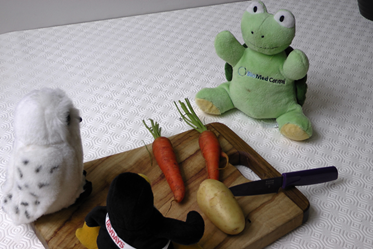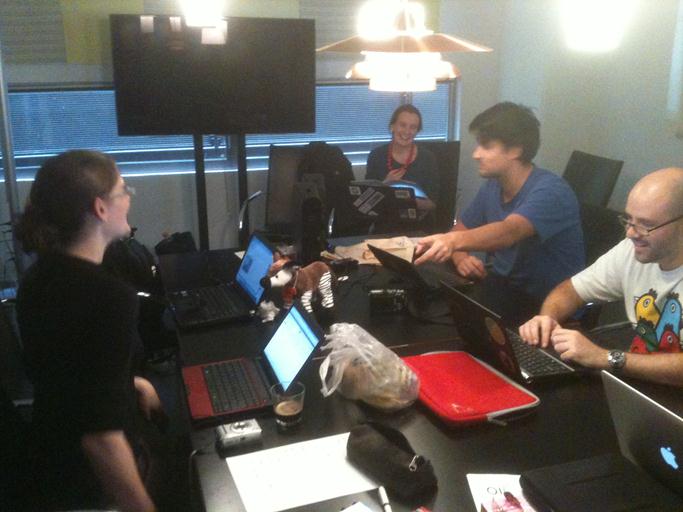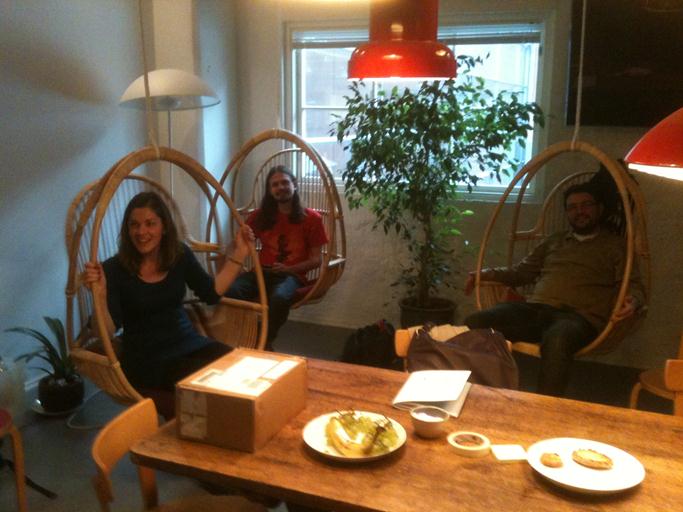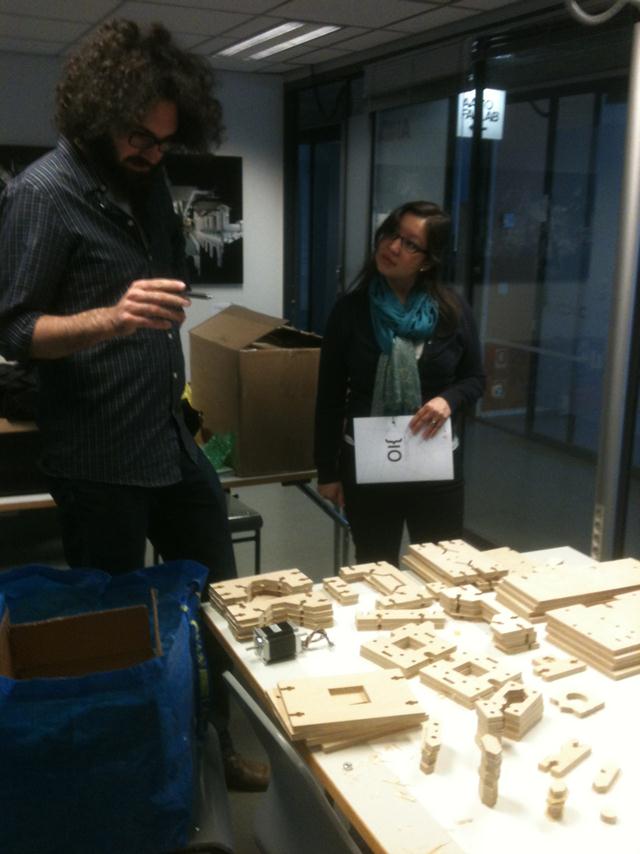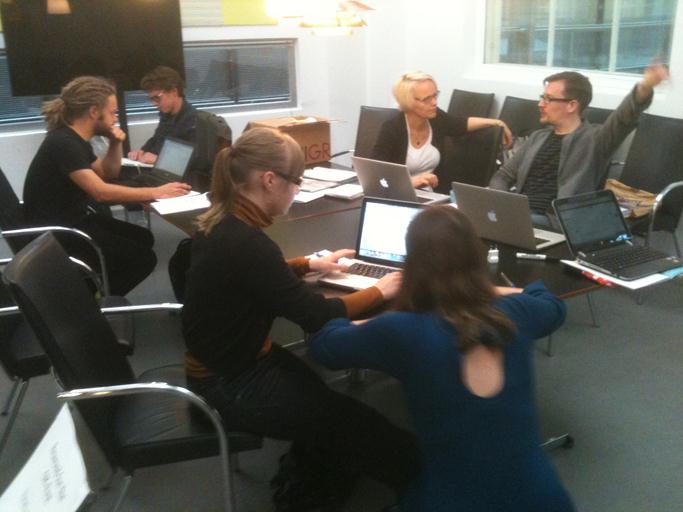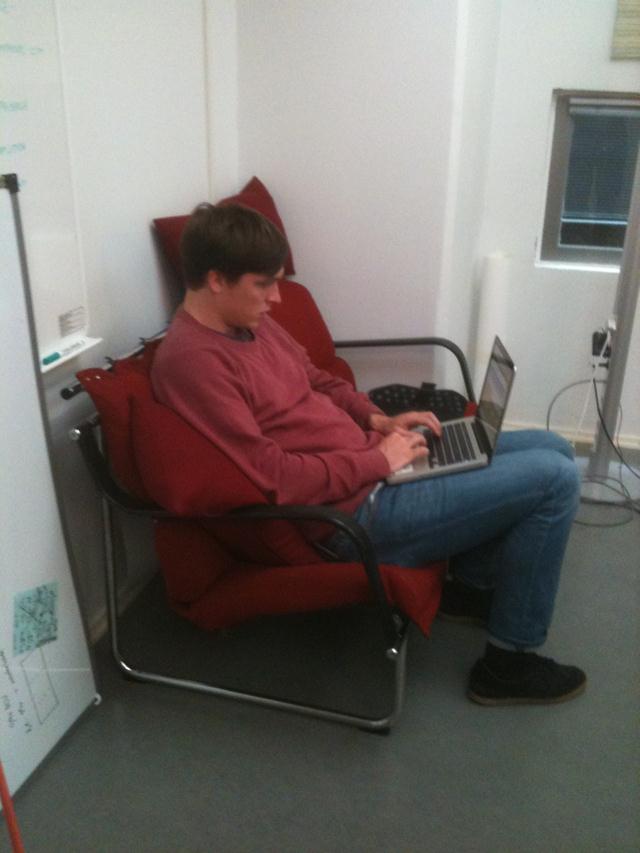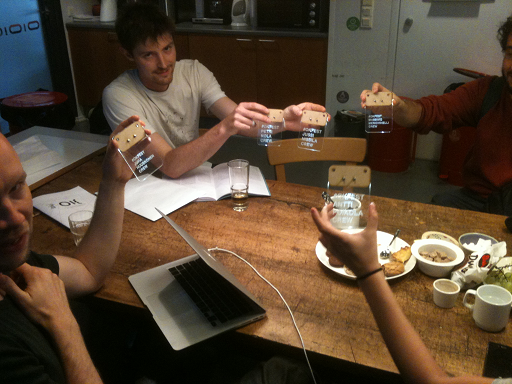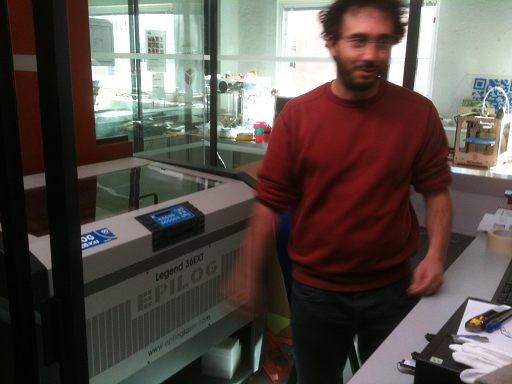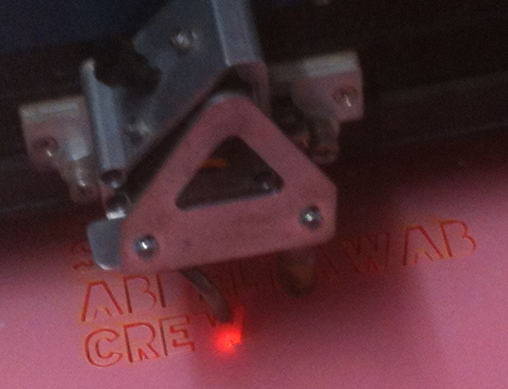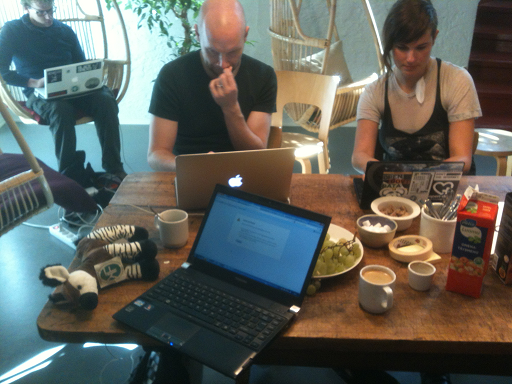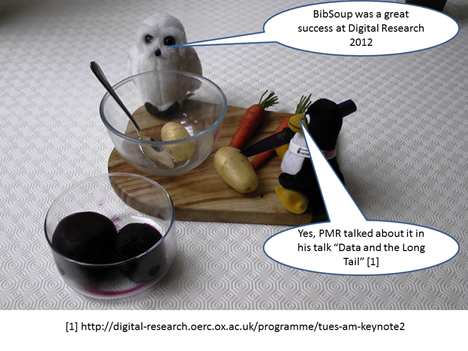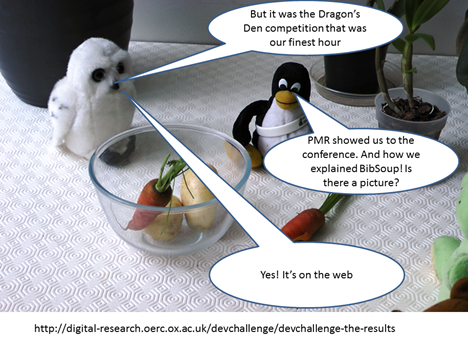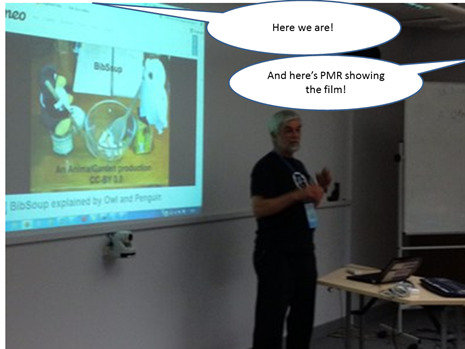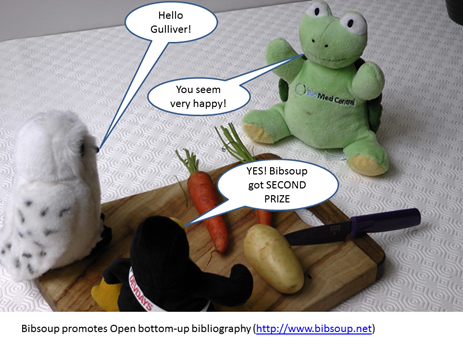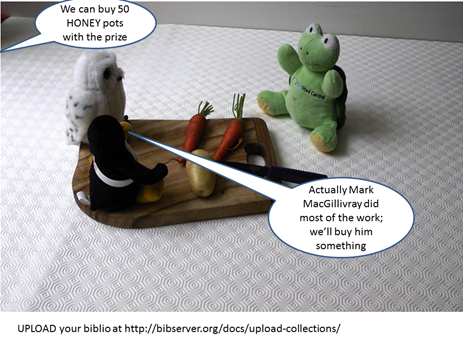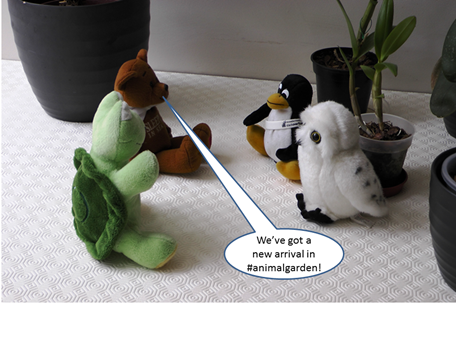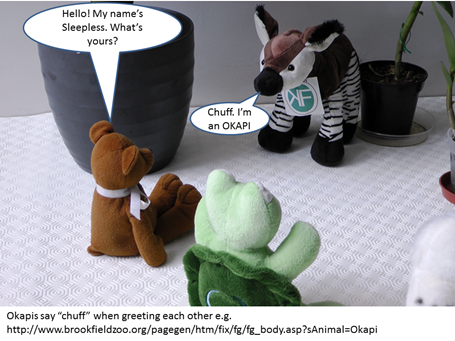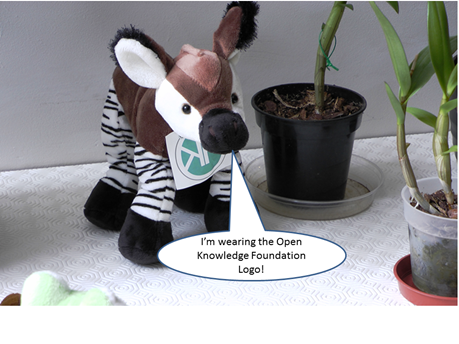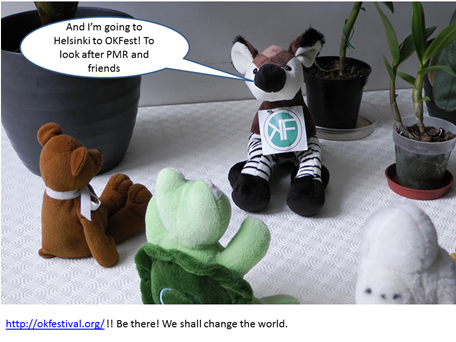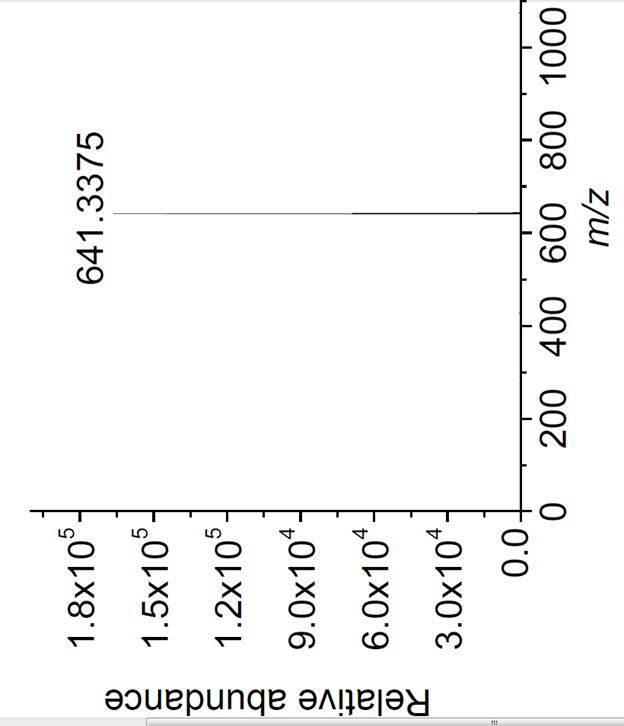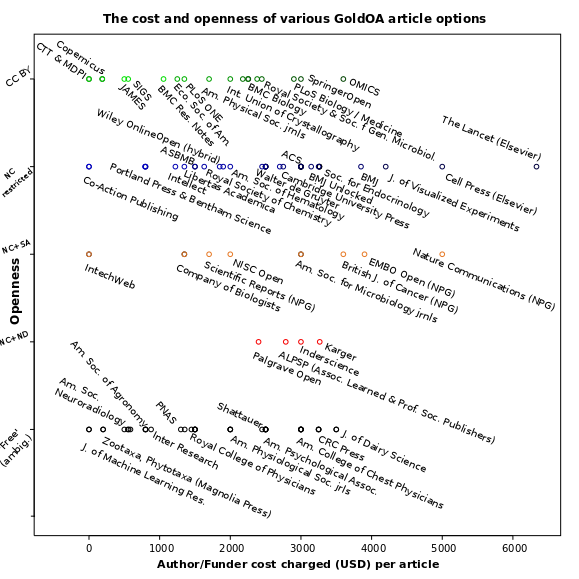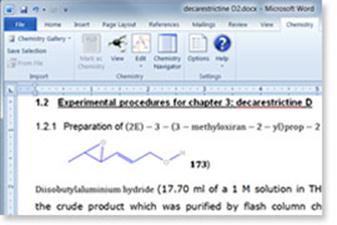Over the last ten years University (Libraries) have signed or resigned one million contracts with scholarly publishers (eg. Elsevier) which forbid re-use of the subscribed material. Thus, for example, if your university rents a scientific journal for 5000 USD a year a not uncommon figure) you are not allowed to extract factual information from this and republish. If you buy a BOOK (a fast disappearing thing) you can extract the facts by hand and re-publish them in Times or Trafalgar Square. But not if it’s electronic. It is of course much easier to do and much saner and what this century is all about.
But publishers add restrictive clauses to their licences and librarians just sign them.
One million times my rights have been signed away without my even knowing. The very least that should have happened is that the libraries should have alerted the rest of the world and refused to sign. But no – the only thing they are worried about is price (and they aren’t very good at keeping that down – Elsevier make 30% profit). Everything else in the information world has gone down in price, but scholarship costs more each year. And, of course, it’s actually written by you and me and given to the publishers. They don’t even produce it in a modern efficient manner – in a non-protected market #scholpub would go out of business in a year. (stop ranting, PMR and get to the point).
Jenny Molloy has collected a range of publisher restrictions that libraries sign (see full paper http://www.dspace.cam.ac.uk/bitstream/1810/243749/1/ofa.pdf
). Here’s one (from Elsevier):
“Schedule 1.2(a) General Terms and Conditions “RESTRICTIONS ON USAGE OF THE LICENSED PRODUCTS/ INTELLECTUAL PROPERTY RIGHTS” GTC1] “Subscriber shall not use spider or web-crawling or other software programs, routines, robots or other mechanized devices to continuously and automatically search and index any content accessed online under this Agreement. “
Fairly clear. Readers cannot do ANYTHING with machines. The others are just as restrictive. I cannot imagine how anyone could sign this without alerting the world to the problem.
And it gets worse. Elsevier will “allow” text-mining, but only if the individual scientist and their librarians negotiate a secret deal with Elsevier (as Heather Piwowar and UBC were required to do). This is completely unacceptable and doesn’t scale.
So we (Diane Cabell, Jenny and I) using the OKF lists have created a manifesto. The only things you need to remember are in bold type:
Principle 1: Right of Legitimate Accessors to Mine
We assert that there is no legal, ethical or moral reason to refuse to allow legitimate accessors of research content (OA or otherwise) to use machines to analyse the published output of the research community. Researchers expect to access and process the full content of the research literature with their computer programs and should be able to use their machines as they use their eyes. The right to read is the right to mine
Principle 2: Lightweight Processing Terms and Conditions
Mining by legitimate subscribers should not be prohibited by contractual or other legal barriers. Publishers should add clarifying language in subscription agreements that content is available for information mining by download or by remote access. Where access is through researcher-provided tools, no further cost should be required. Users and providers should encourage machine processing
Principle 3: Use
Researchers can and will publish facts and excerpts which they discover by reading and processing documents. They expect to disseminate and aggregate statistical results as facts and context text as fair use excerpts, openly and with no restrictions other than attribution. Publisher efforts to claim rights in the results of mining further retard the advancement of science by making those results less available to the research community; Such claims should be prohibited. Facts don’t belong to anyone.
And Diane wrote a superb supporting text (see paper) which explains the rationale, the law, and what we should do. Jenny and I stitched it together in a slightly frantic rush, added pictures, tables, references, etc. http://www.dspace.cam.ac.uk/bitstream/1810/243749/1/ofa.pdf. I have been elected to the Fellowship of the OpenForum Academy (http://www.openforumacademy.org/) who are meeting on Sept 24. I can’t go, so I have offered this paper.
The publishers have woken up to the fact that text-mining matters. They are starting to do secret deals with subscribers (I’ll write about their deal with pharma next blog). They’ll start to create walled gardens, special extra terms and who knows what.
Whereas it’s actually our RIGHT to do this.
So universities and librarians – are you going to watch while yet another set of rights disappears uncontested?
Or are you going to fight for my (and everyone else’s) rights?
